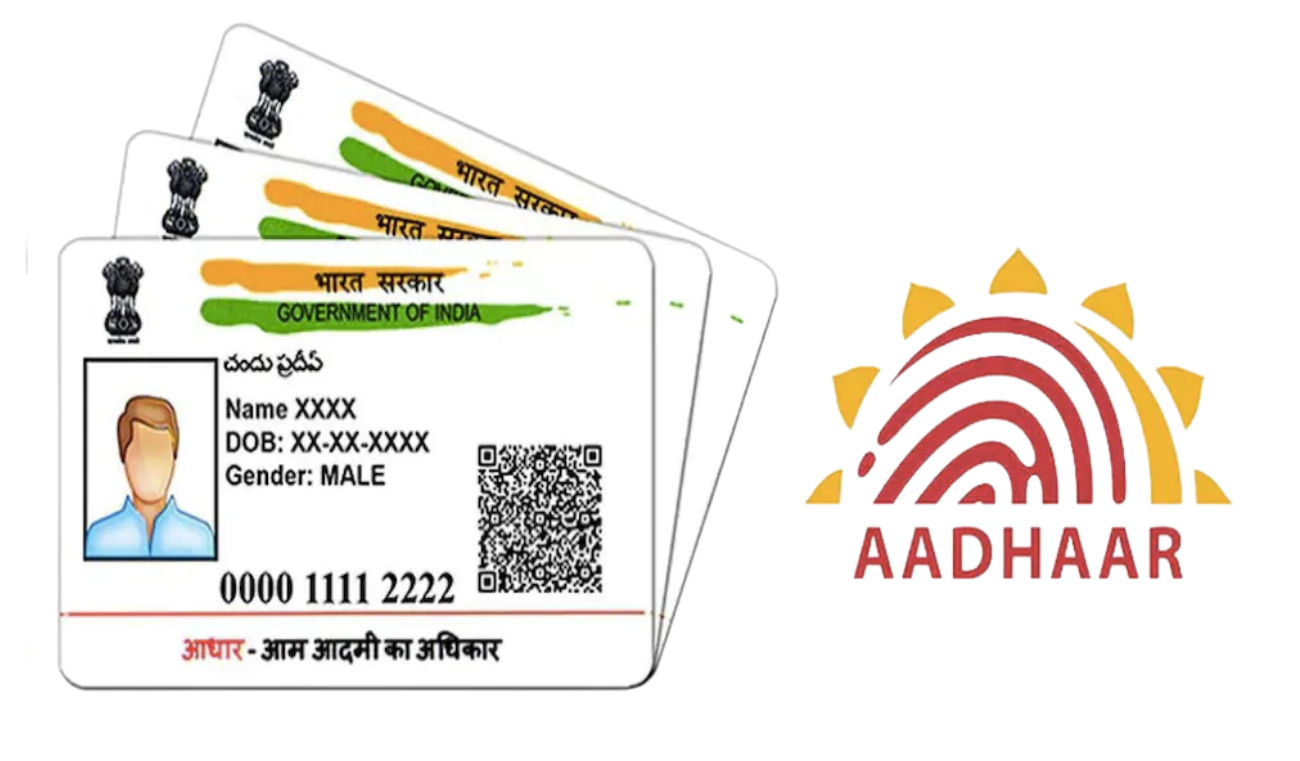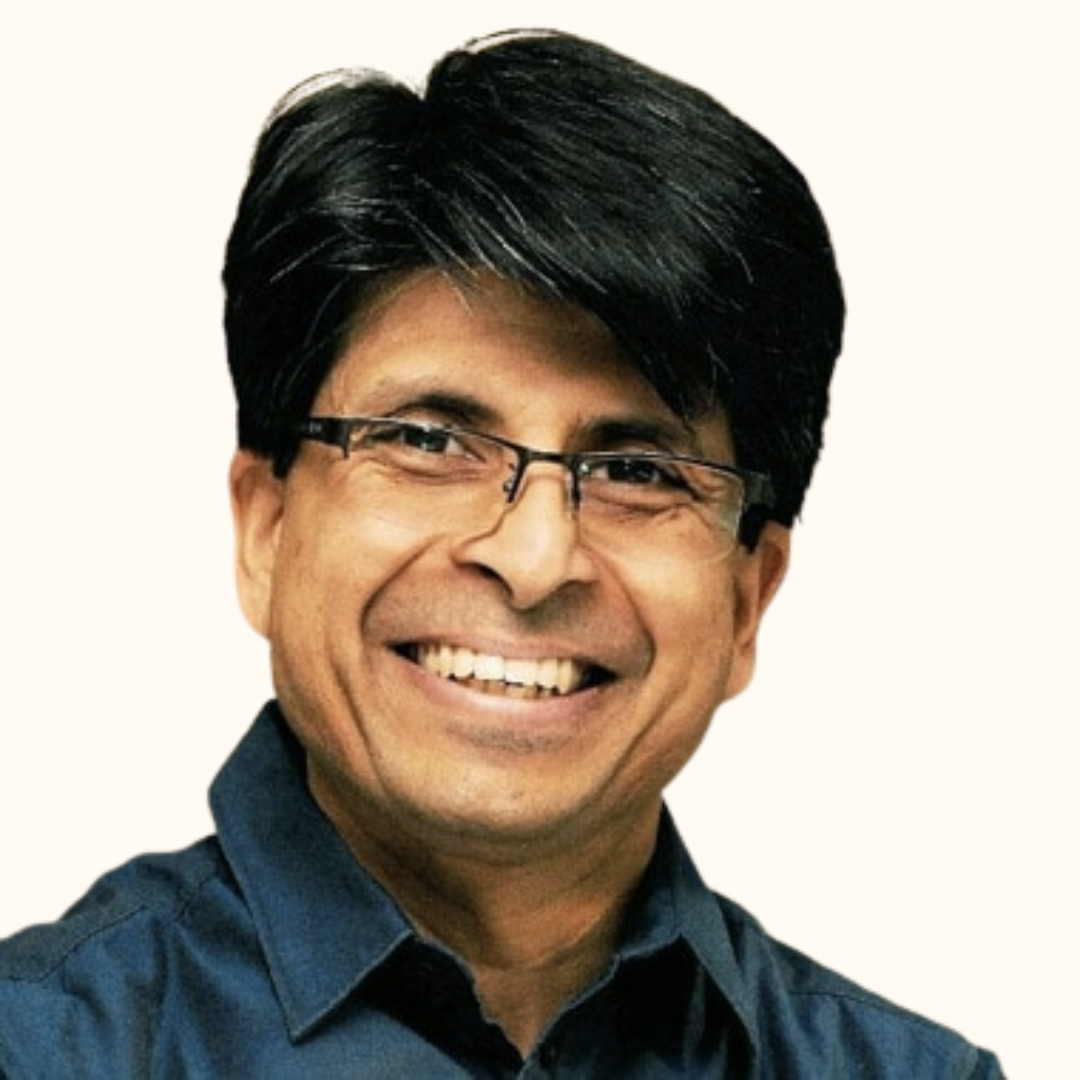Perspectives on the Holistic Approach to Digital Integration of Healthcare
Read the Magazine in PDF
Revolutionizing healthcare by integrating ecosystem components with open standards and vertical integration, to provide superior services.
By - Mr Pramod Varma
Abstract
This article covers the major three topics of promoting diversity through technology, leveraging technology to handle large amounts of data, and unbundling healthcare services.
Firstly, how modern technology can promote diversity among populations, as demonstrated by the creation of a unique identification system for 1.3 billion people. Despite challenges faced during implementation, the project was successful in enrolling a large number of people, illustrating the immense potential of technology to drive change and enhance systems.
Secondly, it highlights the importance of leveraging available resources and expertise from the ecosystem and integrating them into a technology platform to handle large amounts of data efficiently and effectively. By doing so, organizations can provide their services to a larger number of people in a more efficient manner, as illustrated by the banking sector’s jump in the number of people with bank accounts from less than 20% to 80% by unbundling bank services.
Thirdly, it discusses the concept of unbundling healthcare services, breaking down the traditional bundle of services into individual components and delivering them in a standard and technology-driven manner, which would allow patients to choose the specific services they need on a personalized basis. This approach would create opportunities for new and innovative players to enter the market, bringing with them creative solutions to the challenges facing the healthcare industry.
Ensuring the preservation of the vast diversity among the world’s population, which stands at over 8.53 billion, is crucial, and modern technology offers a way to achieve this goal. A prime example of this is the creation of a unique identification system for 1.3 billion people.

Initially, the project had set a goal of providing this identity to 600 million individuals within four years, but it took longer to achieve this objective due to several challenges, such as electoral processes. Despite these challenges, the system was able to enrol millions of people every day across the country with a relatively small team of only 200 individuals within the organization, 20 of whom were dedicated to the technology aspect.
This project illustrates the potential for technology to play a significant role in promoting diversity among populations. Although there were challenges during the implementation of this initiative, it was successful in enrolling a large number of people, demonstrating the power of technology to drive change and enhance systems, even on a massive scale. The success of the project in creating a unique identity for 1.3 billion people was made possible by the skills and expertise of a small team involved in its design. This achievement serves as a shining example of how technology can be utilized for the greater good, promoting diversity and inclusivity in the world. It is crucial to recognize the significance of maintaining diversity in the world’s population, and technology can be a key enabler in achieving this objective. Large-scale projects, like the creation of a unique identity for 1.3 billion people, demonstrate the immense potential of technology to bring about positive change and enhance systems. In today’s world, managing vast amounts of data efficiently and effectively is a challenge faced by many organizations. This is particularly true for organizations that have to enrol and manage records of a significant number of people daily. To meet this challenge, it is essential to leverage available resources and expertise from the ecosystem and integrate them into a technology platform.
Traditionally, organizations have relied on in-house handling of data management and patient care, with hospitals, doctors, and staff taking on these responsibilities. However, this approach has its limitations and often results in inefficiencies and a lack of scalability. In the financial sector, for instance, expecting every bank to have a branch in every village with a population of 600,000 is not practical.
That’s where the concept of unbundling the bank’s services and making them available through technology comes into play. By leveraging technology and tapping into the resources of the ecosystem, organizations can provide their services to a larger number of people in a more efficient manner. An example of the aforementioned approach can be seen in the banking sector, where technology has enabled the number of people with bank accounts to jump from less than 20% to 80% by unbundling bank services. This illustrates how technology can be leveraged to make services more accessible and improve efficiency. The idea of utilizing available resources and expertise from the ecosystem to provide services more effectively applies to various industries. By integrating these resources on a technology platform, organizations can achieve scalability and enhance their service delivery to customers. Therefore, to handle large amounts of data and ensure scalability, organizations should adopt technology and capitalize on available resources and expertise from the ecosystem. This will help them deliver better services to customers and remain at the forefront of the rapidly changing world.
Reimagining Healthcare: The Importance of Unbundling Services
Delivering healthcare services efficiently and effectively to all members of society is crucial. However, the traditional healthcare system centred around hospitals is no longer adequate to meet the needs of the population. To address this issue, it is necessary to revamp the healthcare system and unbundle the services provided. By doing so, the various parts of the healthcare ecosystem can be incentivized to deliver better services to communities through the use of start-ups, technologies, and exports. The new approach to healthcare will integrate different parts of the ecosystem using open standards and vertical integration to provide better healthcare services. Achieving this will require a significant shift in thinking and the participation of all stakeholders.
The healthcare system needs to be reimagined in a way that encourages and incentivizes the delivery of better healthcare services to communities. This can be achieved through the introduction of new technologies, start-ups, and exports, which will drive innovation and equip the healthcare system to better meet the needs of the population.
Finances will be crucial in the new approach to healthcare. For the healthcare system to be sustainable, a substantial investment will be necessary from various sources, including the government, the private sector, and other stakeholders. The current healthcare system is no longer sufficient, and a reimagining of the system is needed. By unbundling healthcare services and providing incentives for stakeholders to improve services, the healthcare system can become more efficient and effective. The introduction of new technologies, start-ups, and exports will also be critical to the success of this new approach to healthcare, and the participation of all stakeholders is essential.
Healthcare Unbundling: The Future of Healthcare Services
The healthcare industry is facing a critical juncture as the demand for better and more affordable services continues to grow. To address this, there has been a growing discussion around the concept of unbundling healthcare services. This approach involves breaking down the traditional bundle of services into individual components and delivering them in a standard and technology-driven manner, which would allow patients to choose the specific services they need on a personalized basis. The benefits of unbundling healthcare services are clear. For instance, healthcare providers would be able to focus on their areas of expertise instead of trying to provide a full range of services. Additionally, this approach would create opportunities for new and innovative players to enter the market, bringing with them creative solutions to the challenges facing the healthcare industry.
The healthcare industry is facing a critical moment, where there is an increasing need for better and more affordable services. The idea of unbundling healthcare services is gaining traction as a solution. This involves breaking down the traditional bundle of healthcare services into individual components that can be provided in a standard, technology-driven manner. This approach would enable patients to choose the specific services they require and allow healthcare providers to focus on their areas of expertise, while new players could enter the market with innovative solutions.
However, the challenge is to turn this idea into a reality. Some experts suggest that the traditional healthcare model will continue to dominate the market. To make unbundling a success, a new approach called smart scaling is needed.
This requires rethinking how healthcare services are provided, including reaching underserved communities lacking basic care.
While the challenges are significant, the potential benefits of unbundling healthcare services are too important to overlook. By adopting a more personalized and accessible approach to care, the industry can explore new and innovative solutions to address the challenges it faces. It’s time to start asking tough questions and looking for creative solutions.
Conclusion
In conclusion, the three topics discussed have shown how technology can increase diversity, manage vast quantities of information, and transform conventional sectors like healthcare. This illustrates how technology has an enormous capacity to bring about progress and improve systems. Additionally, it emphasizes the significance of utilizing existing resources and knowledge to offer services to a greater number of individuals in a more effective way. Finally, the idea of breaking down healthcare services into smaller parts could generate possibilities for new and inventive entrants to join the market and present innovative solutions to the problems faced by the healthcare industry.
FAQ
Question: What does the author think about unbundling healthcare services?
Answer: The author believes that unbundling the healthcare industry, separating its components such as service providers, technology providers, lab providers, and administrators, can improve the healthcare system. Similar to the banking sector’s unbundling in the 1990s, the author envisions a future where entrepreneurs can combine these components to offer healthcare services. Despite the initial difficulty in envisioning an unbundled healthcare system, the author remains confident that it can be achieved, citing an example of an entrepreneur creating a lab in a box to incentivize the healthcare system. Overall, the author has a positive outlook on unbundling, stating that it could lead to a more effective and efficient healthcare system, despite the time it may take to achieve.
Author
-

CTO, EkStep Foundation, Chief Architect, ADHAAR and India Stack, Founding Architect of Beckn Protocol



